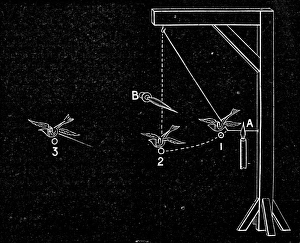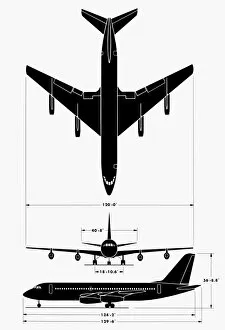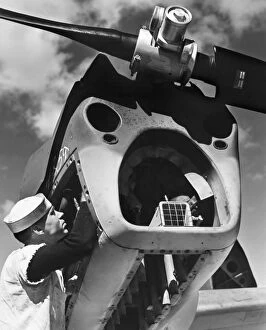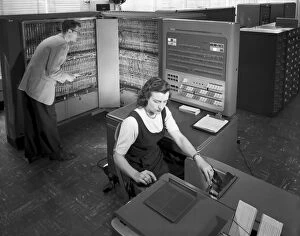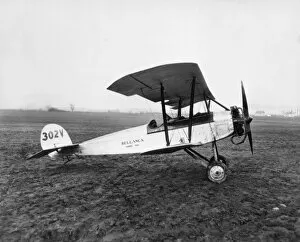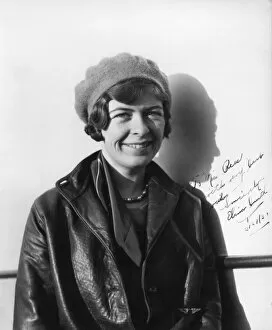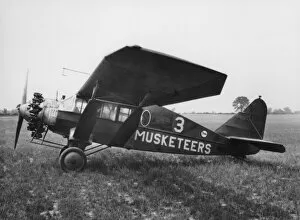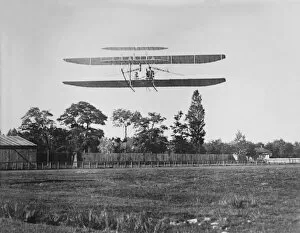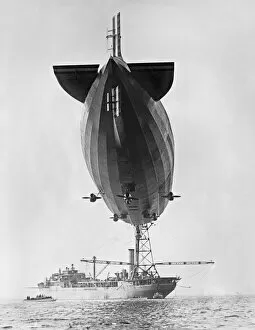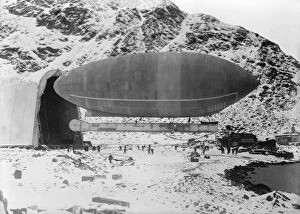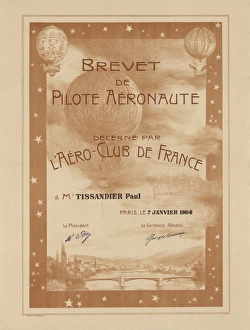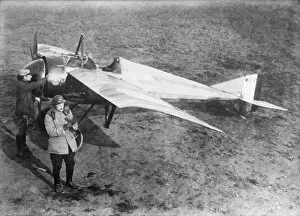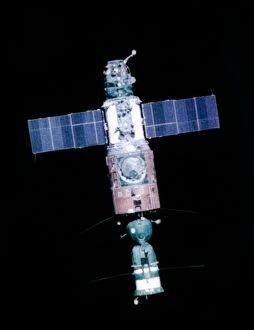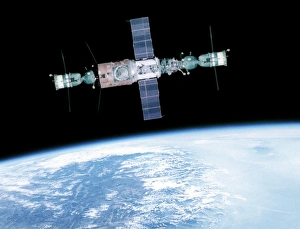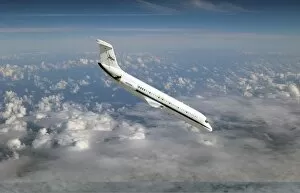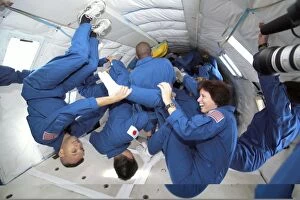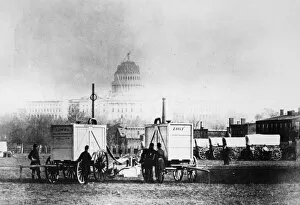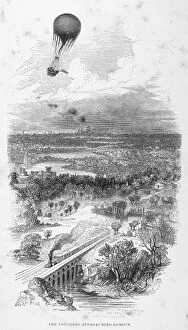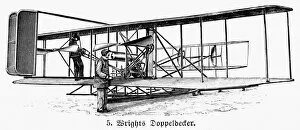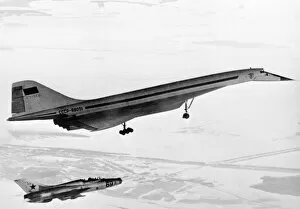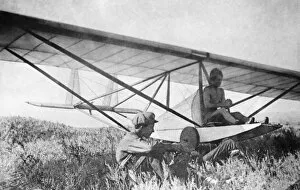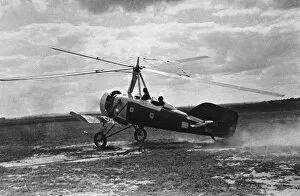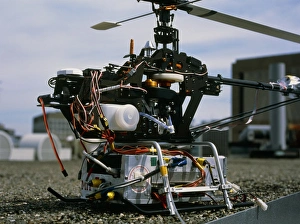Aeronautical Collection (page 9)
"Aeronautical Marvels: Unveiling the Evolution of Flight" Design for a flying machine wing operated by a spring
All Professionally Made to Order for Quick Shipping
"Aeronautical Marvels: Unveiling the Evolution of Flight" Design for a flying machine wing operated by a spring: Witness the ingenuity behind early flight attempts as inventors experimented with innovative mechanisms to conquer the skies. Cutaway view of a Pan-American Clipper, c1940: Step into the golden age of air travel and marvel at the luxurious interiors and advanced engineering that made long-distance flights possible. Airbus A350 artist impression: Immerse yourself in a vision of modern aviation, where sleek lines and cutting-edge technology merge to create an aircraft designed for efficiency, comfort, and sustainability. GOODYEAR BLIMP - Early 20th-century photograph: Behold one of aviation's most iconic symbols as it gracefully floats through the sky, showcasing both innovation and timeless elegance. Plans of the Wright Brothers 1903 Biplane: Explore the blueprints that laid the foundation for human flight, revealing meticulous attention to detail and groundbreaking concepts that changed history forever. German WWII ramjet engine blueprint: Delve into wartime advancements as engineers sought ways to propel aircraft faster than ever before, pushing boundaries in speed and power during World War II. Nadar's Le Geant balloon on exhibition at Crystal Palace in London in 1863 - Contemporary English wood engraving: Transport yourself back to an era when hot air balloons captured imaginations worldwide, offering breathtaking views from above like never seen before. Wright Model A aircraft flight, 1909 C017 / 7837: Relive Orville Wright's historic flight aboard his Model A aircraft—a pivotal moment marking mankind's first successful powered airplane journey. German WWII ramjet bomber blueprint: Discover plans for an imposing war machine that aimed to dominate aerial warfare during World War II—an embodiment of technological prowess amidst turbulent times. USS AKRON CONSTRUCTION.

